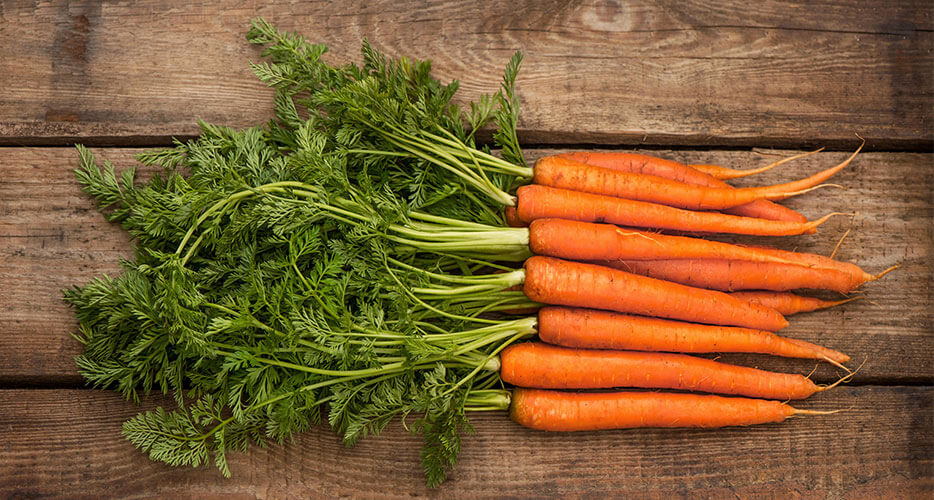
One of the parameters with which to evaluate the choice of food is surely represented by the glycemic index, that is, the value that measures the speed with which the various foods increase the level of glucose in the blood (glycemia).
Misura's interview with Dr. Andrea Del Seppia
Let's talk about the topic with our nutritionist, Dr. Andrea Del Seppia.
Dr. Del Seppia, can you explain to us what is the glycemic index and why is it so important?
First of all, the glycemic index (GI) allows us to classify a food based on its conversion rate into glucose and then into energy. Depending on the speed with which they raise the blood sugar, the various foods are in fact defined "low, medium or high glycemic index". For example, whole grains and legumes have a low GI and are converted slowly into circulating glucose. In this case, the blood sugar level is gradually increasing and, gradually, an amount of insulin is released, the hormone used to reduce excess blood sugar levels, which will make the available sugars available to the cells: these foods provide slow-release and long-term energy.
In contrast, high GI substances such as potatoes, jams or very sugary fruit quickly enter the blood and provide immediate energy in the short term because just as quickly the hormone insulin will reduce the glycemic values.
What are the factors that influence the glycemic index?
The main factors contributing to reduce the GI of a food are the coexistence of fiber, proteins and / or fats within the meal or the food itself. Whole grains such as oats or spelled, rich in dietary fiber, have a lower GI compared to polished rice; the wholemeal pasta, compared to the common semolin pasta, has a lower GI due to the higher fiber and protein content.
In the composition of starches, which are a type of complex carbohydrates, the preponderant presence of amylose (a long linear structure) compared to amylopectin (a branched structure) lowers the GI: for example, corn and potatoes have little amylose and therefore a high GI; lentils, on the other hand, have a lot of amylose and a low GI. In the case of fruit, the degree of ripening affects the IG: normally the unripe has lower values than the very ripe (more sweetish).
Cooking techniques have effects: a prolonged boiling of starchy foods causes an increase in IG. In fact, the pasta cooked for a long time (and therefore more hydrated) will give a quicker glycemic response compared to that given by the pasta left "al dente"; the latter also has the advantage that, being harder, it induces a slower chewing, favouring a sense of satiety.
On the other hand, the IG decreases with toasting bread and cooling carbohydrates: for example, cold pasta, rice and cereal salads or boiled potatoes, if left to cool, have a lower GI than when the same foods are consumed as soon as cooked.

Can the glycemic index allow us to divide food into "good" and "bad"?
This is not a sufficient parameter because it only indicates how fast the blood sugar rises and does not provide any information about the amount of glucides. This value alone does not describe how high the blood glucose peak is, just how fast it is reached. For a more complete evaluation, the concept of glycemic load (CG) was introduced, which takes into account both the quality and quantity of ingested carbohydrates. The CG depends on the portion, while the IG is fixed.
For example, a margherita pizza with wholemeal dough does not have a particularly high GI, however it contains an abundant portion of carbohydrates, so its CG is high. Conversely, the carbohydrates contained in the cooked carrots raise the blood glucose concentration rather quickly, but a carrot contains fewer carbohydrates, so overall it has a low CG.
The concept of CG reflects the importance of not losing sight of the size of the portions and also considering the total caloric intake: simplifying, if there is an excess of calories compared to the requirement, the excess glucose will be converted into adipose tissue (fat deposit).

How does the glycemic index of food affect our body?
We have seen that to slow down the absorption of carbohydrates contained in a meal, substances such as fiber, proteins or fats can be added. In practice, it is necessary to be guided by common sense and guidelines: it is not sensible to add excessively fat or to increase excessively the protein portion with the aim of reducing the glycemic index.
Instead, it is advisable to add a good source of fiber to each meal: for example, choosing a wholemeal pasta al dente, to which are added courgettes, an adequate portion of salmon and a tablespoon of extra-virgin olive oil; we will obtain a meal with a low glycemic index, with a gradual release of energy that will give us a sense of prolonged satiety.
Another trick to lower the GI and to increase the sense of satiety is to start the meal with a good portion of seasonal vegetables, cooked or raw.
As for snacks, you can combine the fresh fruit eaten with the skin - which is often edible and rich in fiber, provided it is not treated with harmful products - with a small portion of dried fruit that slows its absorption, or accompany an extract or centrifuged of vegetables and fruit with a couple of wholemeal crackers.
Read the full article on Misura® website
Read the article on Misura® official page
Link to Dr. Andrea Del Seppia page on the official Misura® website
Misura® is a registered trademark of Colussi S.p.A. The material reported in this article is the property of Colussi, who authorized its publication.